

| Nottinghamshire Lacebugs |
| For the best part of a
century, Lacebugs (Tingidae) have been much ignored to the point of
complete neglect, with no one seemingly wishing to take up an interest
in recording them. However, it's not just Lacebugs which have suffered
from a lack of recording, as most Heteroptera (Bugs) have seen little in
the way of enthusiasm from Nottinghamshire's entomologists. But over the last few years, the number of Lacebug records known have increased and single handedly, Tim Sexton has led the way by doubling the number of species occurring in VC56 and increasing our knowledge of the county's Tingidae. Lacebugs are small plant bugs, with 25 species known to occur in the UK. Most species are specific to a particular plant or plants and (with the exception of Tingis ampliata, Tingis cardui and a couple of others) are best searched for by beating foliage. Both our Tingis Lacebugs are easy to find by visually searching the leaves of Thistles. |
|
|
| ..... | ||
| The recording of Lacebugs in
Nottinghamshire From the information we can gather, a total of 12 species of Lacebug have now been recorded within Nottinghamshire. Yet until only recently, the number of species was considerably less and five new Lacebugs have been added to the county list since 2015. From the list below, only Kalama tricornis has not occurred in Nottinghamshire for over a century now and remains the only Lacebug not recorded in the county recently. It is still (January 2022) being actively looked for (along with a few others) and is believed likely to eventually turn up through targetted searches. |
||
| ..... |
| Catoplatus
fabricii, Dictyla convergens, Dictyonota
fuliginosa, Physatocheila dumetorum and Stephanitis
takeyai have all been recently added to the county
list, mostly through the recording work of the former Nottinghamshire
Wildlife Trust's Attenborough Nature Reserve reserve manager Tim Sexton. Tim's efforts showed that persistant and specific searching is the way to record Lacebugs, but success is not always immediate and in the case of Derephysia foliacea recently, sometimes Lacebugs are under your nose all along. The overall picture of Lacebug recording in the county may well seem to be pretty good. But as we already mentioned, there has only recently been any increase in the amount of regular recording and our knowledge of their county distribution is still rather scant. |
|
| ..... | ||
| Some recent records from the Clumber Park and Sherwood Forest areas, have largely come as the result of frequent visits/surveys to Clumber by Allan and Annette Binding and invertebrate surveys by Andy Godfrey, who added both Acalypta parvula from Clumber in 2007 and Agramma laetum from Sherwood Heath in 2008 to the Nottinghamshire list. Large areas of Nottinghamshire still remain completely free of any Lacebug records, so there is plenty of scope for anyone wishing to take up the challenge and increase our knowledge of Lacebug distribution. | ||
| ..... |
| A current checklist of Nottinghamshire Tingidae |
| ..... |
| ACALYPTA Westwood, 1840 |
| Acalypta parvula (Fallén, 1807) |
| ..... |
| AGRAMMA Stephens, 1829 |
| Agramma laetum (Fallén, 1807) |
| ..... |
| CATOPLATUS Spinola, 1837 |
| Catoplatus fabricii (Stal, 1868) |
| ..... |
| DEREPHYSIA Spinola, 1837 |
| Derephysia foliacea (Fallén, 1807) |
| ..... |
| DICTYLA Stål, 1874 |
| Dictyla convergens (Herrich-Schäffer, 1838) |
| ..... |
| DICTYONOTA Curtis, 1827 |
| Dictyonota fuliginosa (A. Costa, 1853) |
| Dictyonota strichnocera (Fieber, 1844) |
| ..... |
| KALAMA Puton, 1876 |
| Kalama tricornis (Schrank, 1801) |
| ..... |
| PHYSATOCHEILA Feieber, 1844 |
| Physatocheila dumetorum (Herrich-Schäffer, 1838) |
| ..... |
| STEPHANITIS Stål, 1873 |
| Stephanitis takeyai (Drake and Maa, 1955) |
| ..... |
| TINGIS Fabricius, 1803 |
| Tingis ampliata (Herrich-Schäffer, 1838) |
| Tingis cardui (Linnaeus, 1758) |
| Acalypta
parvula (Fallén,
1807) |
Catoplatus
fabricii (Stal, 1868) |
|||
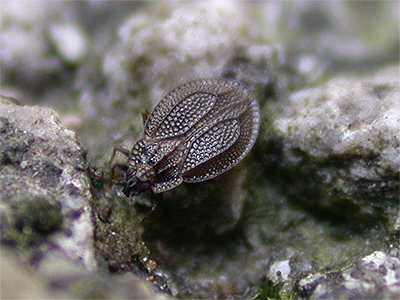 |
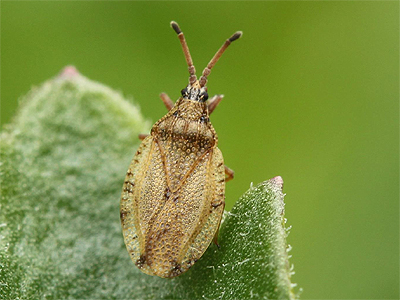 |
|||
| Derephysia
foliacea (Fallén,
1807) |
Dictyla
convergens (Herrich-Schäffer, 1835) |
|||
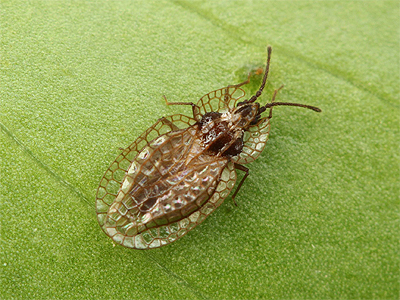 |
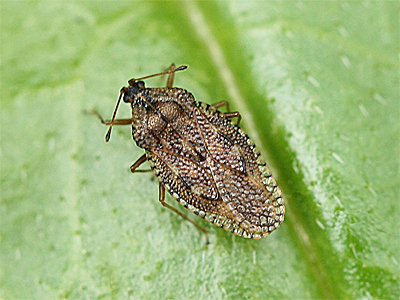 |
|||
| Dictyonota
fuliginosa (A. Costa, 1853) |
Dictyonota
strichnocera (Fieber, 1844) |
|||
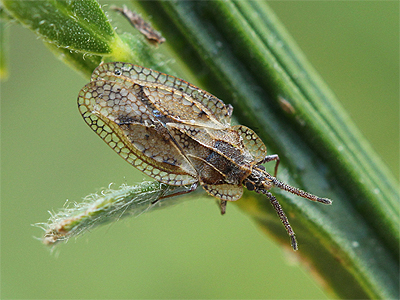 |
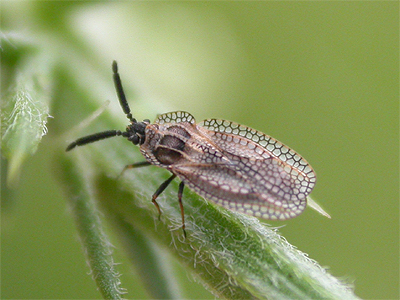 |
|||
| Physatocheila
dumetorum (Herrich-Schäffer, 1838) |
Stephanitis
takeyai (Drake
and Maa, 1955) |
|||
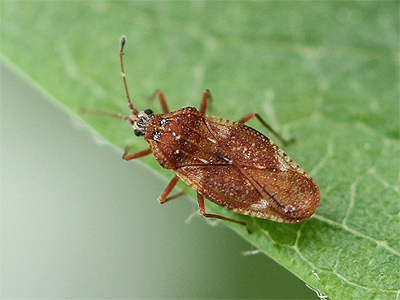 |
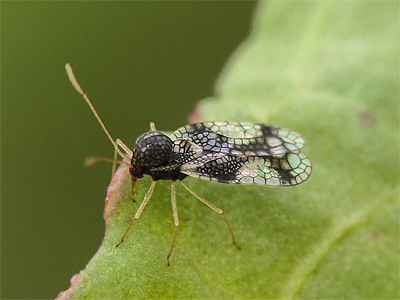 |
|||
| Tingis
ampliata (Herrich-Schäffer,
1838) |
Tingis
cardui (Linnaeus, 1758) |
|||
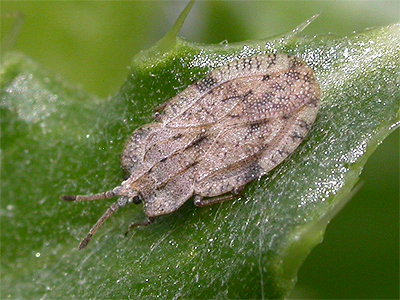 |
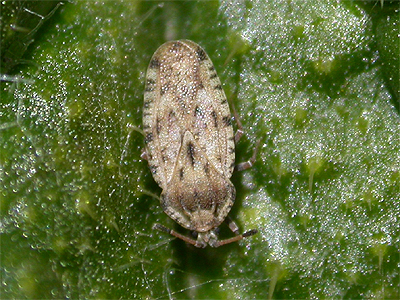 |
| ..... | ||
Species accounts and record summaries Acalypta parvula . (Fallén, 1807) ... Recorded in 2017 from Budby South Forest and at Sherwood Forest CP in February 2018 (Pendleton, T.A. and Pendleton, D.T.). Nottinghamshire's only other recent records have come from Sherwood Heath SSSI in 2006 (Godfrey, A.) and 2007, when it was recorded from Bentinck Banks (Kirby, P.) and Clumber Park (Godfrey, A.). J.W. Carr lists a single historical record from Bramcote (Ryles), but does not state a particular year. Agramma laetum . (Fallén, 1807) ... A record from Sherwood Heath SSSI in 2008 (Godfrey, A.) and two records from Clumber Park in September 2007 (Godfrey, A.) are thought to be the only Nottinghamshire records. Catoplatus fabricii . (Stal, 1868) ... One of several recent county additions, Catoplatus fabricii was recorded for the first time in the county, at Attenborough Nature Reserve (Sexton, T.) in May 2016. Generally scarce across southern parts of the UK, it has been recorded as far north as Yorkshire (per Flanagan, J). Derephysia foliacea . (Fallén, 1807) ... This species has only recently been rediscovered in Nottinghamshire, following a gap of just over 100 years. There are historical records for Derephysia foliacea in Nottinghamshire, with J.W. Carr lists records from Sherwood Forest in 1912, Thorney in 1913 and both West Leake and Aldercar Wood, Newstead in 1914. Numerous searches of Ivy (Hedera helix) growing in various situations and habitats over recent years, had failed to find any trace of this Lacebug, but it was finally recorded by Adrian Dutton at a site seemingly free of any Ivy, in the Carburton/Clumber Park area on 06/07/17. A further record followed from an Attenborough garden (Sexton, T.) in July 2018. Dictyla convergens . (Herrich-Schäffer, 1838) ... Not recorded in the county until June 2015, when found on the host plant Water Forget-me-not (Myosotis scorpioides) at the Nottinghamshire Wildlife Trust's Attenborough Nature Reserve (Tim Sexton). There have been subsequent records in 2018. Dictyonota fuliginosa . (A. Costa, 1853) ... Was only recently added to the county list, when a specimen was beaten from Broom (Cytisus scoparius) at Attenborough Nature Reserve (Sexton, T.) October 2016 and found again in 2018. Continued searches of Broom growing at sites across the Mansfield area, have failed to provide any other records and it currently seems to be genuinely scarce in Nottinghamshire. Dictyonota strichnocera . (Fieber, 1844) ... There are recent records from much of the Sherwood Forest area of the county, Budby South Forest in 2004 (Budworth, D.), Clumber Park in 2006 (Binding, A.E. and Binding, A.), Bentinck Banks in 2007 (Kirby, P.) and again at Clumber in 2009 (Godfrey, A.). It was also recorded from Sherwood Forest CP in 2009 (Pendleton, T.A. and Pendleton, D.T.), where it was found on an isolated patch of old Gorse. Given the abundance of Gorse within the county, this Lacebug should really be more widespread and not restricted to land lying on Sherwood Sandstone. Kalama tricornis . (Schrank, 1801) ... There appears to be no modern records, but this Lacebug should still be present in Nottinghamshire. Carr lists a single historical record for Linby dating to 1912. Physatocheila dumetorum . (Herrich-Schäffer, 1838)... No historical Nottinghamshire records. Nottinghamshire's first record seems to be one beaten from Hawthorn at Attenborough NR in May 2016 (Sexton, T.) which continued a remarkable run of county firsts for the site and was well deserved reward for the persistant efforts of the recorder. Further records have subsequently followed from Hills and Holes SSSI at Market Warsop, Lambley Cemetery, Hoveringham GP (where it is plentiful on most Hawthorns) and Sherwood Forest CP. Stephanitis takeyai . (Drake and Maa, 1955) ... The tiny Andromeda Lacebug is usually found on the garden shrubs Pieris and Rhododendron and although known from the UK since 1998, there are still few records of this Japanese species. Originally thought to have been recorded as new to Nottinghamshire in August 2016, when a single specimen was swept from marginal vegetation at Attenborough NR (Sexton, T.). This record seems to have been beaten though, as we recently received a large number of invertebrate records from the Nottingham Biological and Geological Record Centre, among which was a record of Stephanitis takeyai from New Balderton, Newark on July 3rd 2015. The most recent county records are from Market Warsop in August 2017 (Pendleton, T.A. and Pendleton, D.T.) Attenborough village (Sexton, T.) in September 2017 and from a Mapperley garden and Woodthorpe Park in September 2018, when both single adults and nymphs were found. Stephanitis takeyai must now be well established in the county. Tingis ampliata . (Herrich-Schäffer, 1838) ... Common and under-recorded in the county. Although our records indicate that Tingis ampliata is the less common of the two Tingis Lacebugs, more consistant coverage over the whole of the county, will probably reveal that this Lacebug is equally as widespread as Tingis cardui. Tingis cardui . (Linnaeus, 1758) ... Based on the records we have, Tingis cardui appears to be the most widespread of Nottinghamshire's two Tingis Lacebugs. It is found on Thistles growing in almost any situation and even plants growing singly, can sometimes hold them. |
||
| ..... |
| The
Nottinghamshire distribution maps The following distribution maps are sourced from the records of the following list of individuals and organisations/survey results and are as accurate as can be (as of January 2022) with the records and data we have at our disposal. We have again refrained from using historical records listed in J.W. Carr's book 'The Invertebrate Fauna of Nottinghamshire' in any of the maps, in order to keep the distribution consistant with current knowledge. |
||
| ..... | ||
| Acalypta parvula (Fallén, 1807) | Agramma laetum (Fallén, 1807) | |
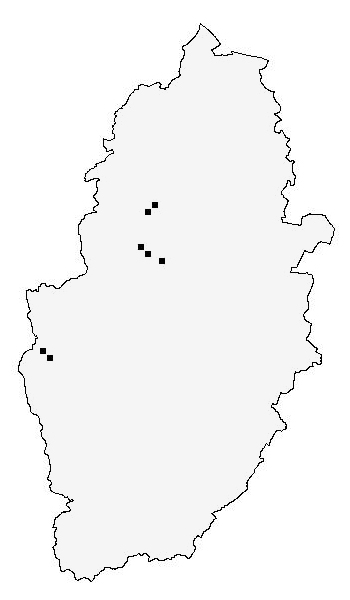 |
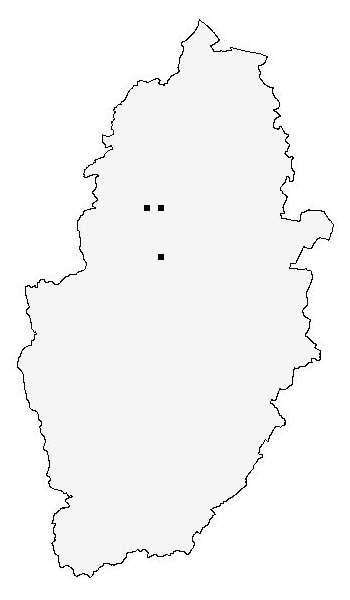 |
|
| Catoplatus fabricii (Stal, 1868) | Derephysia foliacea (Fallén, 1807) | |
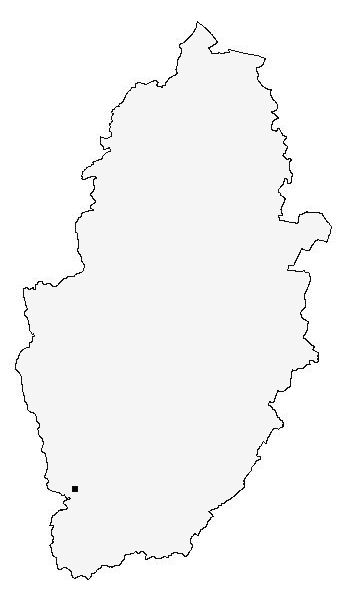 |
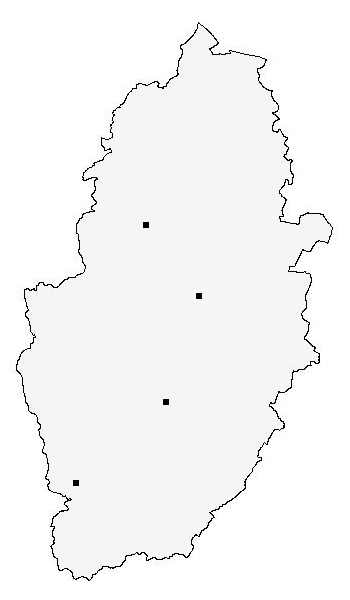 |
|
| Dictyla convergens (Herrich-Schäffer, 1835) | Dictyonota fuliginosa (A. Costa, 1853) | |
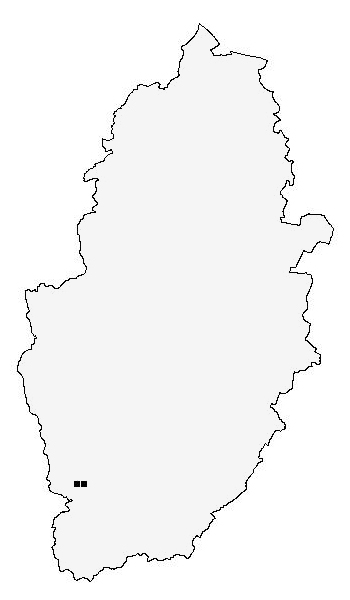 |
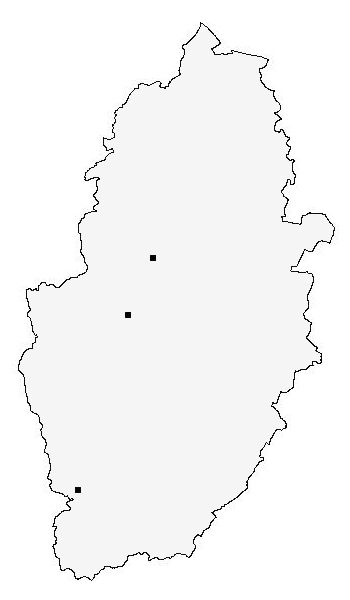 |
|
| Dictyonota strichnocera (Fieber, 1844) | Physatocheila dumetorum (Herrich-Schäffer, 1838) | |
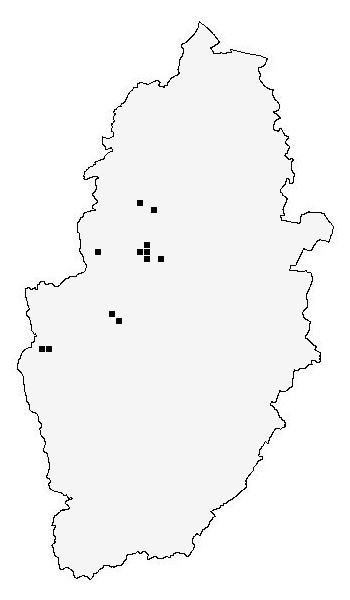 |
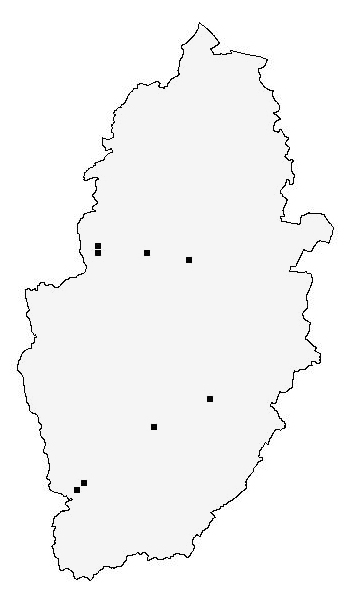 |
|
| Stephanitis takeyai (Drake and Maa, 1955) | Tingis ampliata (Herrich-Schäffer, 1838) | |
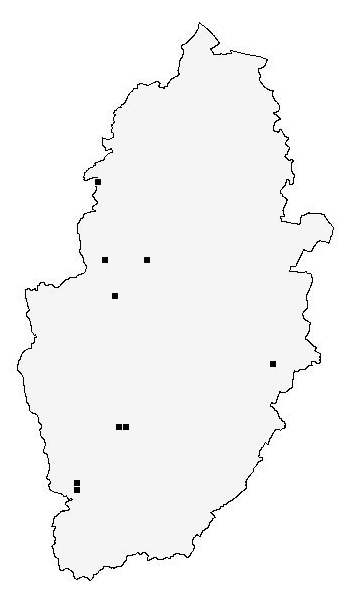 |
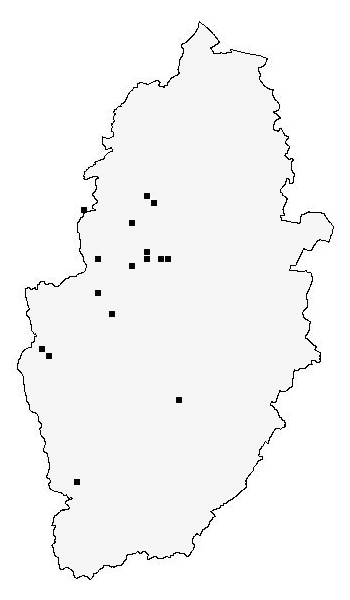 |
|
| Tingis cardui (Linnaeus, 1758) | ||
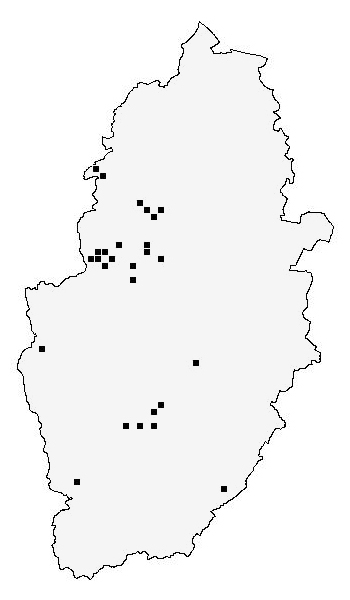 |
||